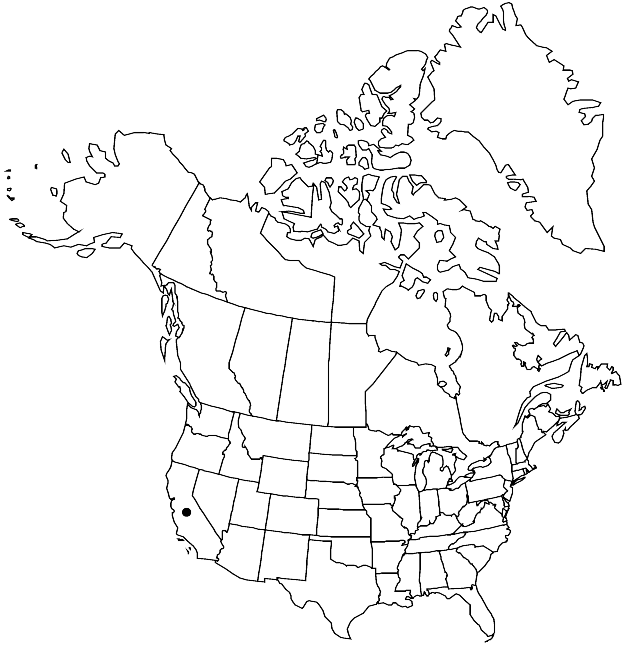Difference between revisions of "Limnanthes vinculans"
Brittonia 21: 11, fig. 1. 1969.
imported>Volume Importer |
imported>Volume Importer |
||
| Line 55: | Line 55: | ||
|publication year=1969 | |publication year=1969 | ||
|special status=Endemic;Conservation concern | |special status=Endemic;Conservation concern | ||
| − | |source xml=https:// | + | |source xml=https://bitbucket.org/aafc-mbb/fna-data-curation/src/2e0870ddd59836b60bcf96646a41e87ea5a5943a/coarse_grained_fna_xml/V7/V7_212.xml |
|genus=Limnanthes | |genus=Limnanthes | ||
|section=Limnanthes sect. Limnanthes | |section=Limnanthes sect. Limnanthes | ||
Latest revision as of 22:32, 5 November 2020
Plants 5–30 cm. Stems erect or ascending. Leaves 2–10 cm; leaflets 3–5, blade narrowly obovate, margins entire. Flowers bell-shaped to rotate; sepals widely lanceolate, 6–7 mm; petals white (aging or drying yellowish basally), cuneate, 12–18 mm, apex emarginate; filaments 5–7 mm; anthers white, 1.5–2 mm; style 4.5–6.5 mm. Nutlets dark brown, 3–4 mm, tuberculate, tubercles light brown or pinkish, rounded. 2n = 10.
Phenology: Flowering Apr–May.
Habitat: Wet meadows
Elevation: 0-300 m
Discussion
Of conservation concern.
Limnanthes vinculans is the only member of the genus in which the first few leaves produced by the seedling are entire rather than lobed. It is known only from Sonoma and Napa counties, where it occurs in the centers of vernal pools. Some populations are sympatric with L. douglasii subsp. nivea, which tends to grow on the drier edges of vernal pools. Limnanthes vinculans is in the Center for Plant Conservation’s National Collection of Endangered Plants.
Selected References
None.
